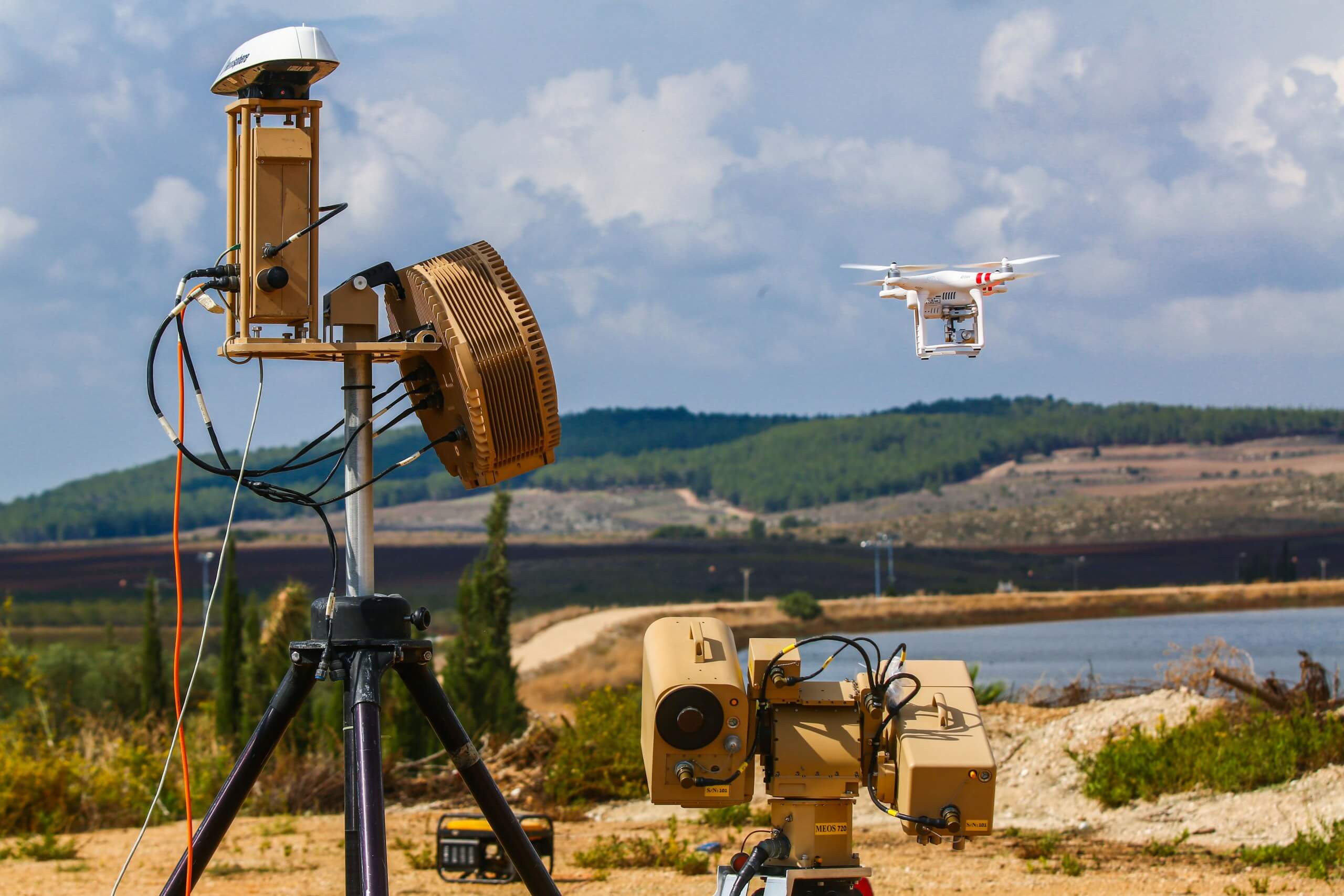The big picture: Drones suddenly changed from a toy to a weapon in the public's eye when a sighting grounded planes for three days in London's second largest airport, Gatwick. While the drone didn't do any damage (outside of existing) the situation highlighted just how vulnerable the airport was, and in response, Gatwick and Heathrow have invested in some serious protection.
The airports have revealed that they've purchased and are in the process of installing systems that are at least equivalent to what the military deployed at Gatwick. According to reports, the military used a 'Drone Dome' from Israeli company Rafael, which has the ability to detect any drone in a six-mile radius.
Once detected, the radio frequencies being used to control the drone can be traced back to the original source, jammed or even hacked to grant the system's owner control over the drone. One model of the Drone Dome involves several laser-based weapons designed for incapacitating drones using more advanced radio controls that can't be hacked. Rafael declined to say if either airport purchased one of their systems.
"The safety of our passengers and colleagues remains our top priority," a spokesperson from Heathrow airport said. "Working closely with relevant authorities including the Met police, we are constantly looking at the best technologies that help remove the threat of drones."
Needless to say, both Gatwick and Heathrow are off the list for any air-based attacks. According to a Times report, other UK airports will soon be off that list as well. Parliamentary undersecretary of state for transport Liz Sugg is expected to hold a meeting with major airport stakeholders across the region to discuss what sorts of defenses they are employing and what the next step might be.
In the end, we can only be thankful that this wake-up call was more of a bad prank than a terrorist attack. In all likelihood, airports and high-profile facilities across the world will be secured against drone technology in a matter of months, at least until the next big tech breakthrough.
